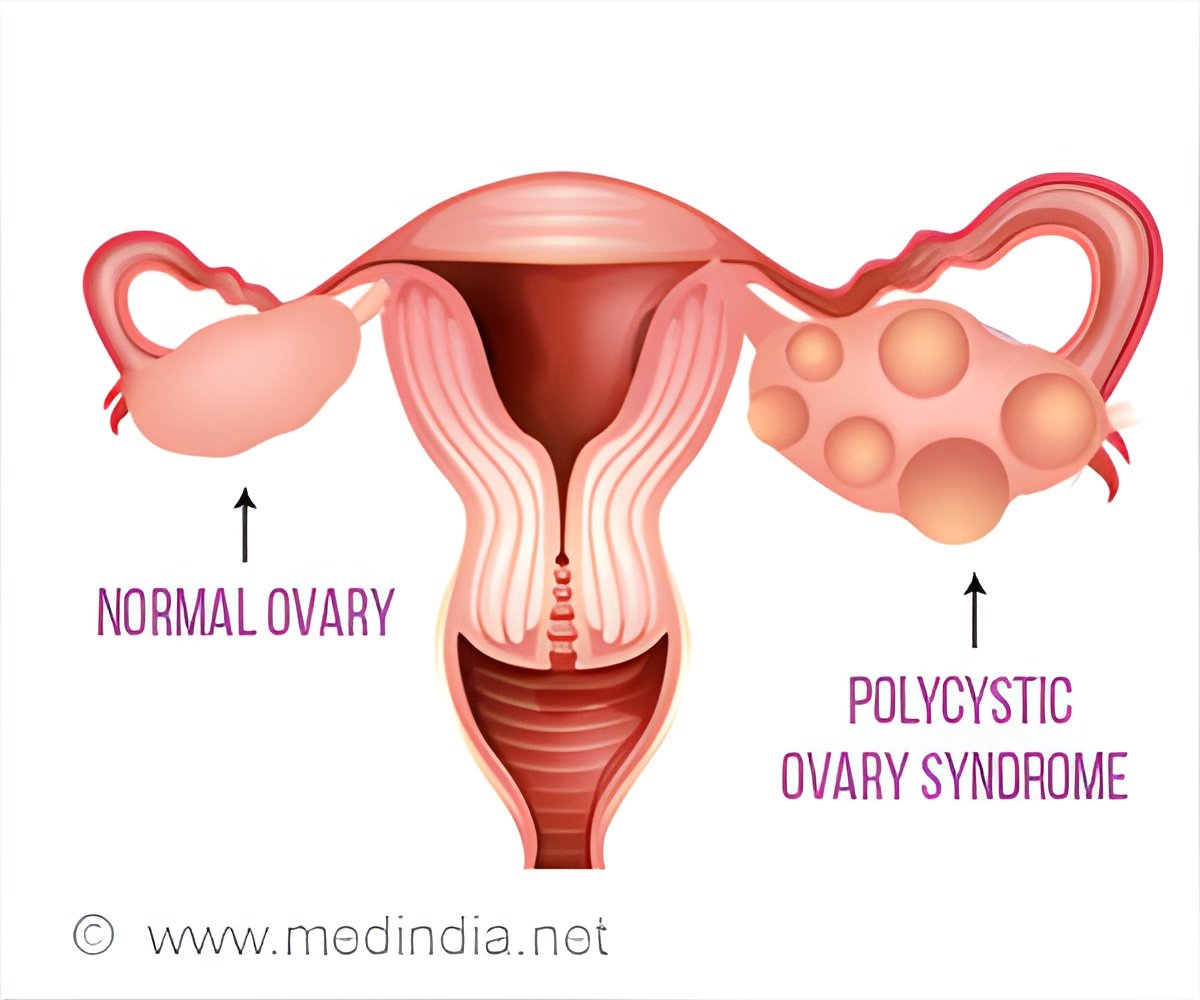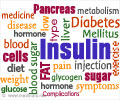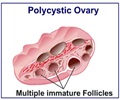In recent years, it has become apparent that PCOS is also associated with hyperinsulinemia that is probably central to the pathogenesis of PCOS.

- Insulin resistance is a major issue for young women with polycystic ovary syndrome.
- Impairment in insulin action is a central mechanism in the origin of metabolic abnormalities.
- High levels of insulin contribute to increased production of androgen.
The impairment in insulin action is a central mechanism in the origin of metabolic abnormalities, which are also frequently found in these women and represent a major aspect underlying the medical burden attributed to PCOS. Hyperinsulinemia can result from decreases in insulin clearance as well as from increased insulin secretion. In PCOS, high levels of circulating insulin is probably the result of a combination of increased basal insulin secretion and decreased hepatic insulin.
But it is important to note that the risk of insulin resistance differs between clinical phenotypes of PCOS. Therefore, phenotyping of these women is helpful in defining their individual metabolic risk.
Women may have alterations in insulin action of heterogeneous origins, which induce specific abnormalities in these subjects due to the presence of intrinsic defects. Both genetic and acquired factors seem to be involved in this process.
Excess body fat can be another contributing factor that may contribute to this phenomenon, combining with the effect of PCOS per se and worsening many clinical abnormalities typical of these subjects.
Reference
- Paolo Moghetti et al., Insulin Resistance and Polycystic Ovary Syndrome, Current Pharmaceutical Design (2016), http://dx.doi.org/10.2174/1381612822666160720155855.
- Andrea Dunaif, Insulin Resistance and the Polycystic Ovary Syndrome: Mechanism and Implications for Pathogenesis , Endocrine reviews (2016), http://press.endocrine.org/doi/full/10.1210/edrv.18.6.0318.















